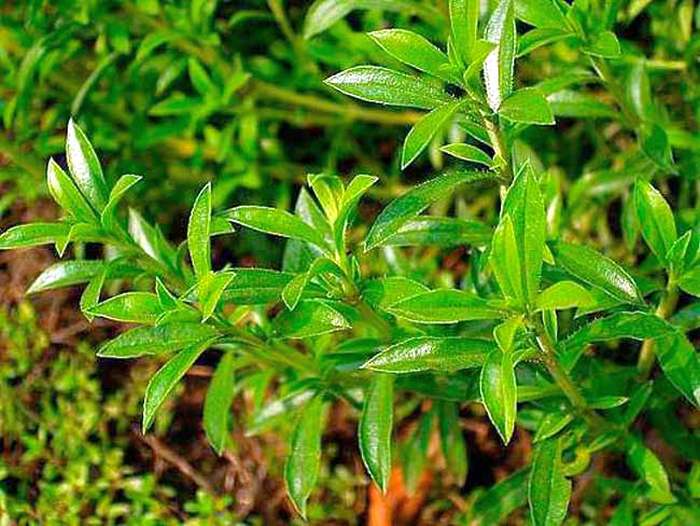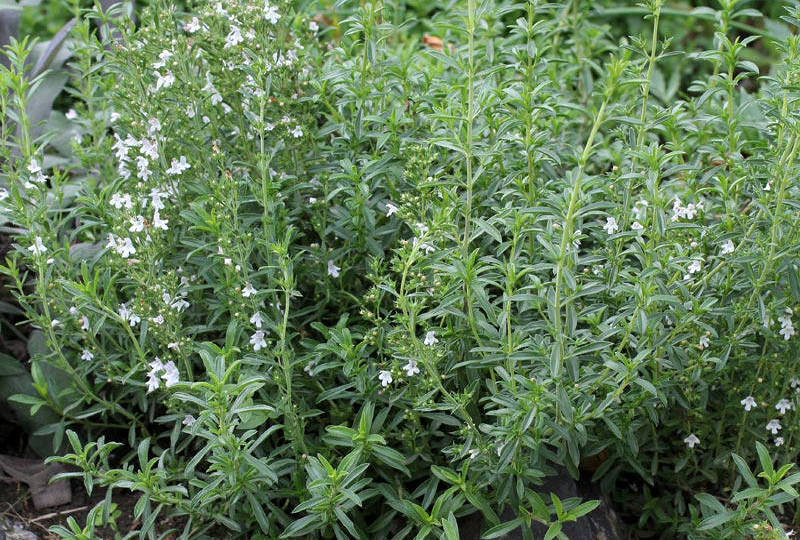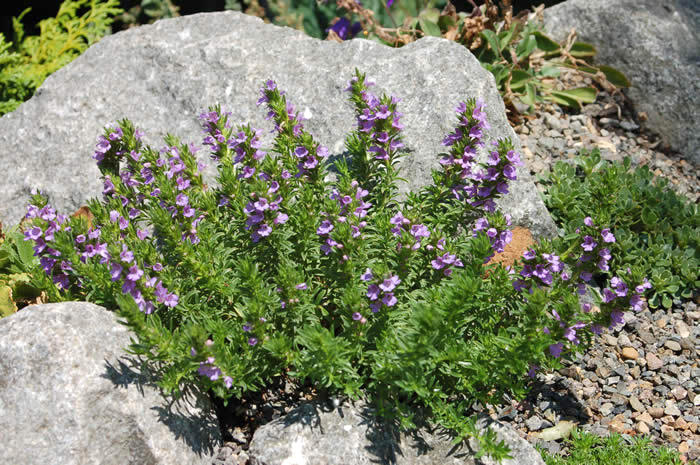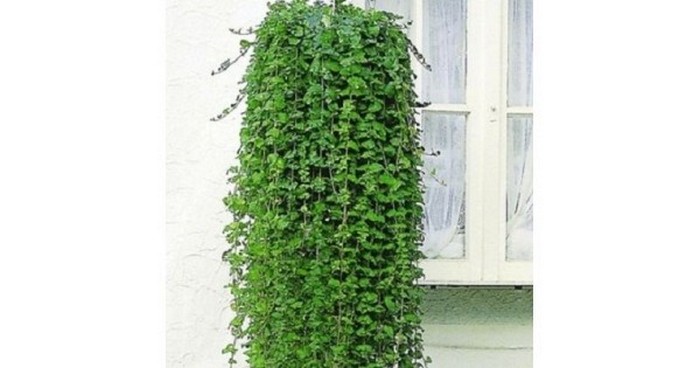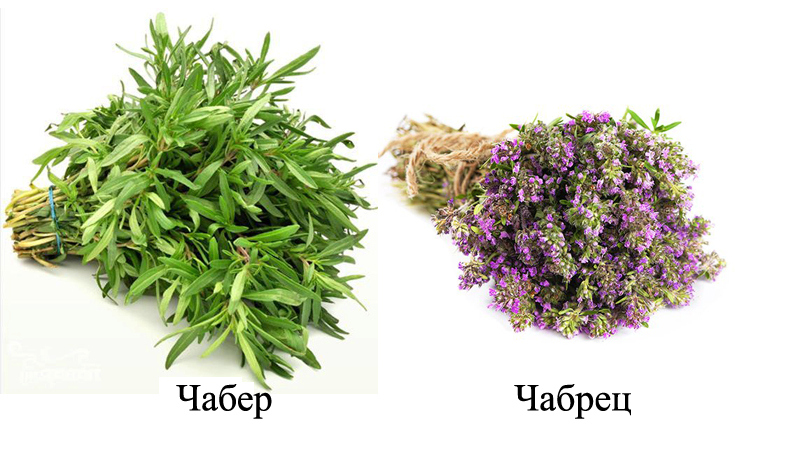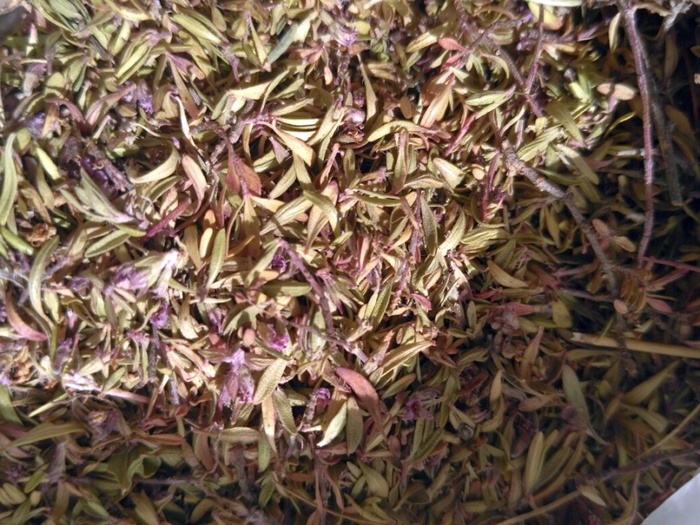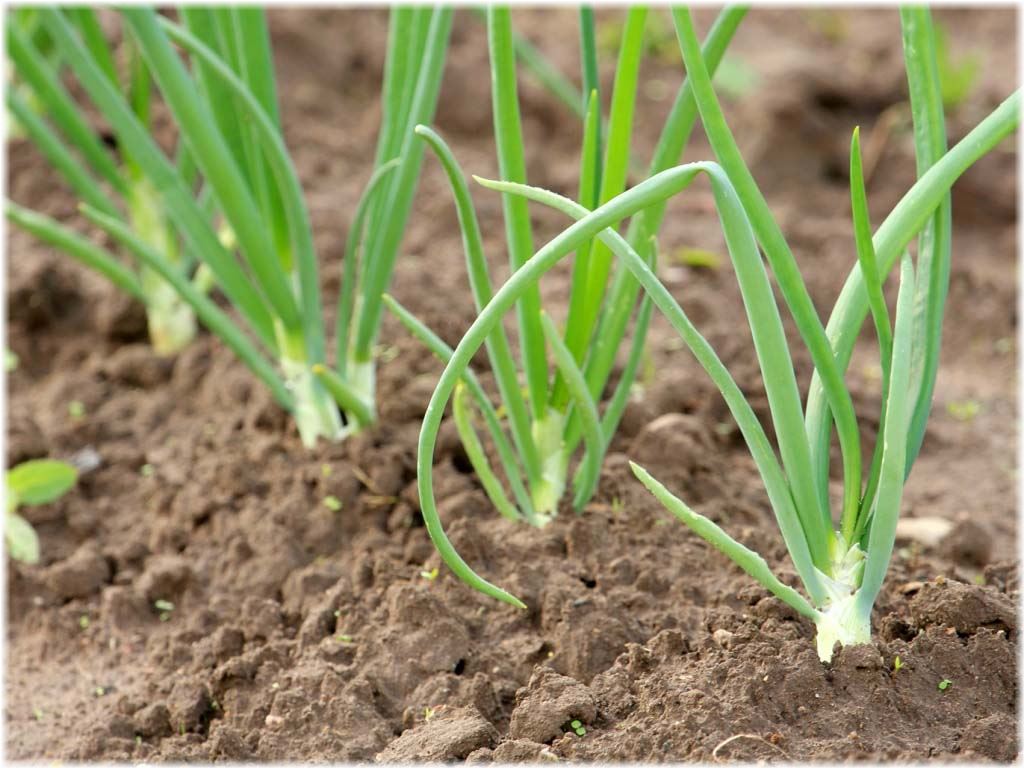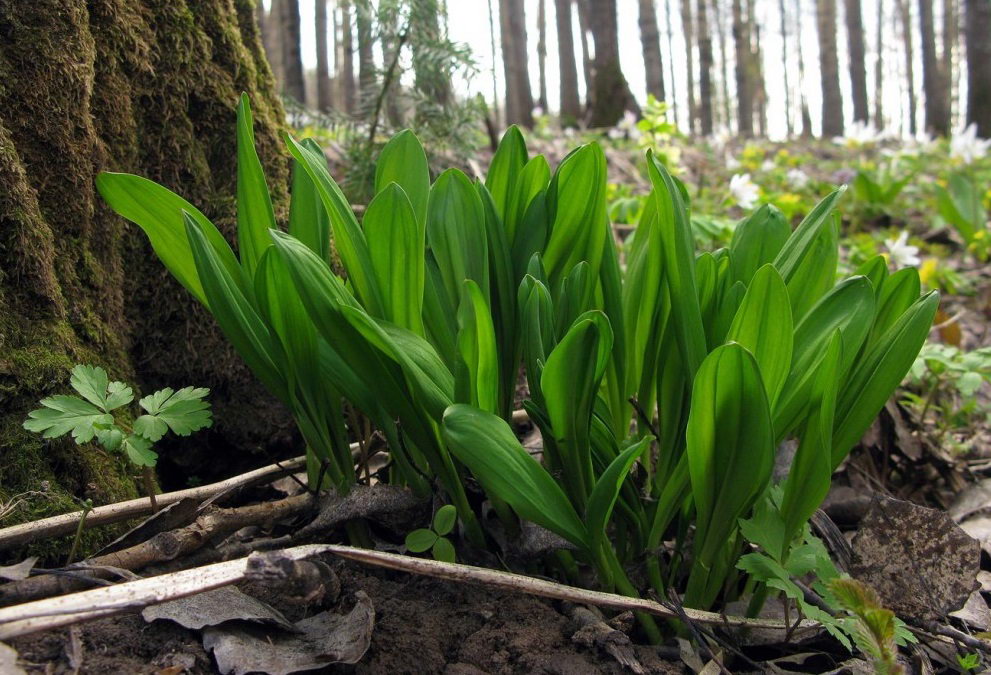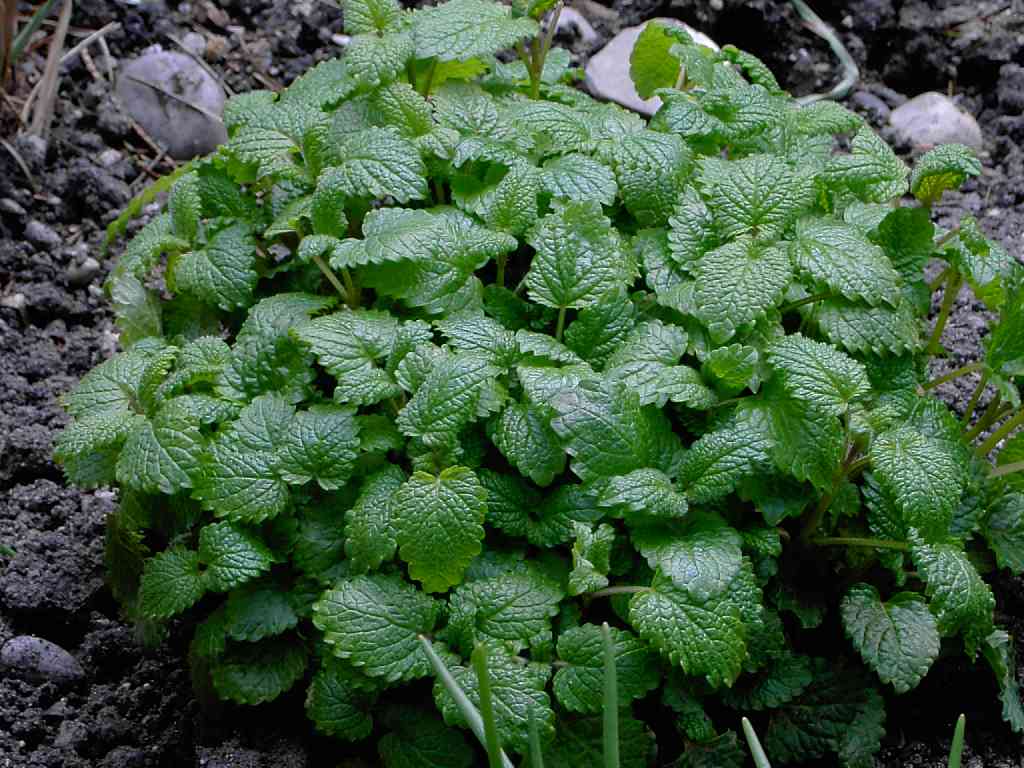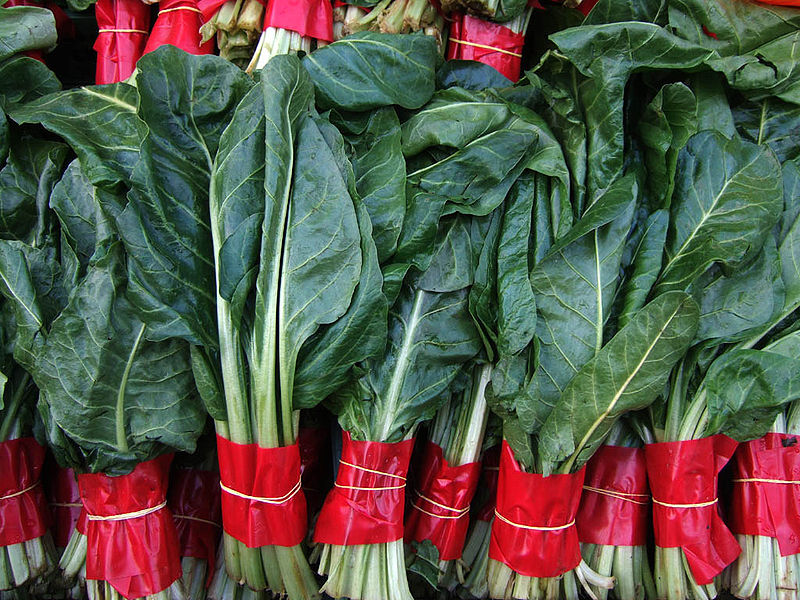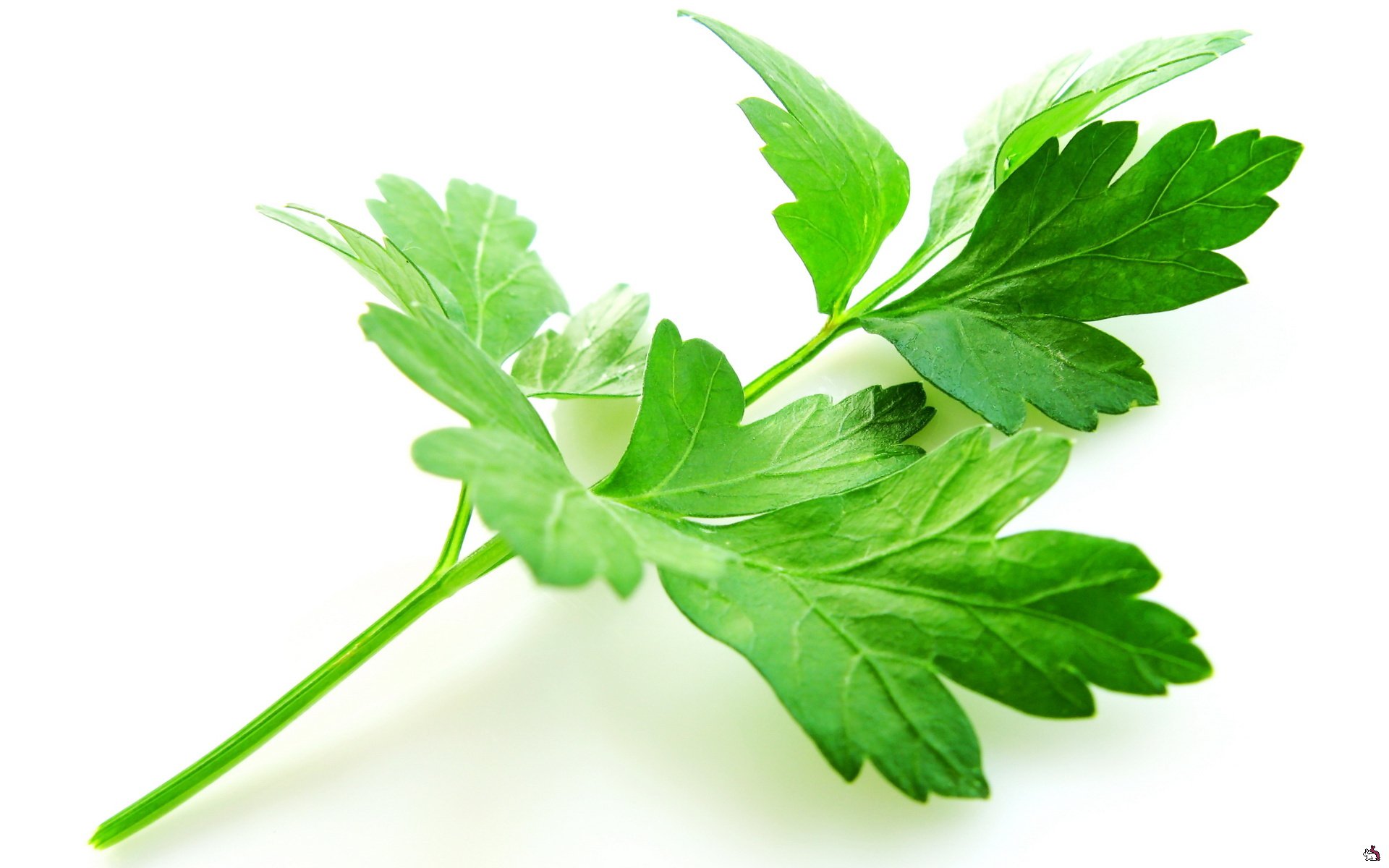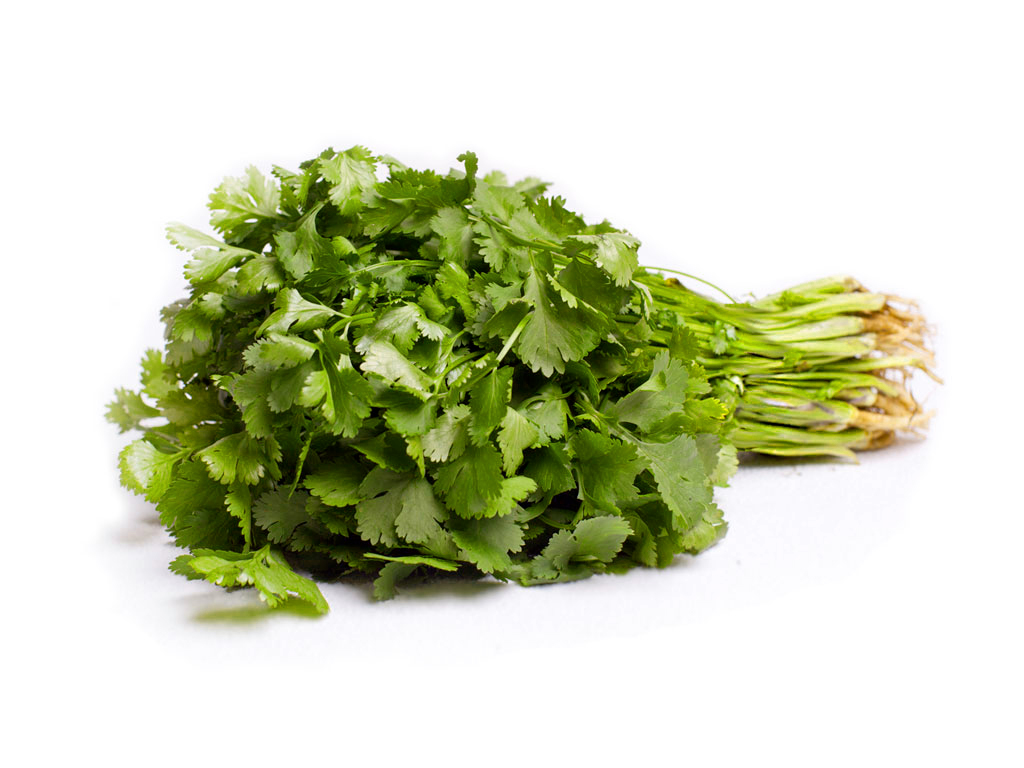Content:
Savory's homeland is Asia Minor and the Balkan Peninsula. It is a dicotyledonous flowering plant. There is a garden species, the difference of which is a strong odority. Savory, growing in the mountains, tolerates frost better, but also blooms later than in gardens, and has a balsamic scent.
The Savory plant is a bush, up to half a meter high, with small flowers on the crown. Flowering occurs closer to the second half of summer, from late July to August. Savory has another name - kondari.
Savory can be found in many parts of the Eurasian continent, including in central Russia, as well as in the southern regions and Europe. Growing on almost any soil and mountain slopes, it does not tolerate frost well and prefers a lot of sunlight. Therefore, it is so often found in the steppe regions and Asia.
Varieties of varieties and their differences
Savory what is it by definition? Another name for savory is savory - a plant of the Lamb family, annual, shrub or dwarf shrub. In the common people it is called pepper grass.
There are a number of savory varieties that vary in appearance, size, and taste and aroma. There are no artificially bred hybrids yet, they are not yet selected for selection.
Gardeners plant cultivated pepper grass, which is divided into the following types.
Garden
This savory variety is also called fragrant. Under normal conditions, without human intervention, it grows in the Crimea, Central Asia and the Mediterranean countries on slopes or rocks. It is grown by many in vegetable gardens and orchards as a medicinal and spicy plant.
This is an annual herbaceous culture, up to 40 cm high. It has frequent, pointed leaves along the entire length of the shoot. By mid-summer, the plant begins to bloom in small, pink flowers. After that, seeds appear and fall to the ground. Thus, by self-seeding, the culture multiplies.
Mountain
Growing in the south, this species can reach a height of 50 cm, in the northern regions its growth is less. Possesses numerous shoots, on its stem many short hairs. Leaves are gray-green, glossy. It blooms late, from August to October, and often a second year after sowing. The seeds are small, ovoid, their germination is possible even after 2-3 years.
Prefers southern areas and dry calcareous soils. If you grow it in a garden way, you need a fertile and light land. It can grow in a designated area for up to 5 years. It tolerates the winter of central Russia and the cold of the Northwest regions. But just in case, it is better to cover it for the winter, so that it does not definitely freeze.
Lemon (African)
The plant is perennial, with creeping stems, which can be distinguished by a very strong lemon scent. The leaves of this species are small, flowers are delicate pink.
Pink (Cretan)
This plant, which is an evergreen, perennial shrub, belongs to the Mint family. It grows up to 45 cm in height. The leaves of Rose Savory are similar to those of thyme. Blooms in spring for a short period of 4-6 weeks. The flowers are pink-purple in color and give off a spicy scent that is very attractive to bees.
Douglas Savory
The stems and leaves of this Savory variety contain a large amount of essential oils, vitamin C and mineral salts. The leaves are small, greenish, with a taste reminiscent of that of pepper. The flowers are of a dull lilac color. Grows in the sun or in small shade, on almost any type of soil.
Jamaican
The Savory species is rather tall, with frequent glossy leaves, called Jamaican. If you grind them, a strong mint aroma will appear.
Condari savory
The Kondari savory species has a spicy flower scent that only intensifies when dried. Annual bush, spiky leaves, green.
The most demanded and popular in our country are the following varieties:
- "Gnome" - has a very compact shape, the bush branches strongly, its height is 10-12 cm. It can be grown from seeds, simply by planting them in the ground, or with the help of seedlings that grow for about 70 days. Leaves and branches are used after the plant has bloomed;
- "Fragrant" - an annual shrub with small, pointed leaves. Inflorescences are light pink in color with a sweet smell;
- "Filevsky" - a compact variety with a distinct and rather strong peppery aroma. Does not lie down when growing;
- "Lobio" - an annual plant for outdoor cultivation. The bushes grow up to 25 cm in height, branch strongly;
- "Satyr" - has a greater leaf width and frequency.
Savory and thyme what is the difference
Savory what is it? Savory is mistakenly confused with thyme, but savory and thyme are completely different plants with similar names and belonging to the same family. Thyme is a type of thyme, its common name, a creeping plant with fragrant foliage. In smell, taste and acuity there is absolutely no similarity between savory and thyme, a relative of thyme, and it is impossible to replace them with each other. Thyme, savory and thyme are completely different plants.
Useful properties of savory
What is savory for health and wholesome food in the diet? Savory is successfully used in cooking, as well as in folk medicine, because there are more than enough useful properties in it. With this greenery:
- Get rid of dry type cough;
- Stimulates the formation of gastric juice to improve digestion;
- Increase appetite;
- Eliminate flatulence;
- Cope with vomiting;
- Remove excess fluid from the body;
- Normalize the female menstrual cycle;
- Increase male potency;
- Cope with depression;
- Increases the efficiency of the brain.
Role in physiology
All parts of the savory herb, especially the shoots during flowering, have an effect on the human body:
- Antimicrobial;
- Antiseptic;
- Toning;
- Antirheumatic;
- Expectorant;
- Carminative;
- Against parasites.
Vitamins and minerals
Savory contains many essential vitamins:
- B vitamins;
- Vitamins A, C;
- Niacin;
- Thiamine;
- Pyridoxine.
Dried leaves contain a large amount of vitamin B 6, more than it is recommended to consume per day. Pyridoxine is very important for the functioning of the brain. Vitamin C develops the body's resistance to infections and removes harmful substances. Vitamin A promotes good vision and maintains healthy skin mucosa. Savory is rich in essential oils that have antifungal and antibacterial properties. A decoction of savory, like thyme, rinses the throat for bronchitis.
Contraindications
It is recommended not to include the savory plant in the diet if there are liver and kidney diseases in acute stages, atherosclerosis, arrhythmia, thyroid disease, or simply individual intolerance during pregnancy. Better in these cases to replace it with something.
Pests and diseases
For all its persistence, pepper grass differs in that it can get sick with not a very large number of diseases:
- If the soil receives too much moisture, root decay occurs. This can cause the entire savory plant to die. Prevention is correct watering, which does not allow stagnant water;
- White spots on the leaves are the mycelium of the fungus. The leaves rot, and if the necessary measures are not taken, the plant dies. To prevent this disease, savory is sprinkled with a special preparation.
To prepare spices from Savory, shoots and leaves are used fresh or dry. Its medicinal properties have helped people from ancient times against many diseases. They have long noticed that people who add savory to bean or pea dishes are not at risk of bloating. By planting it on your site, you can get a tasty and healthy, versatile seasoning for dishes on your table.
